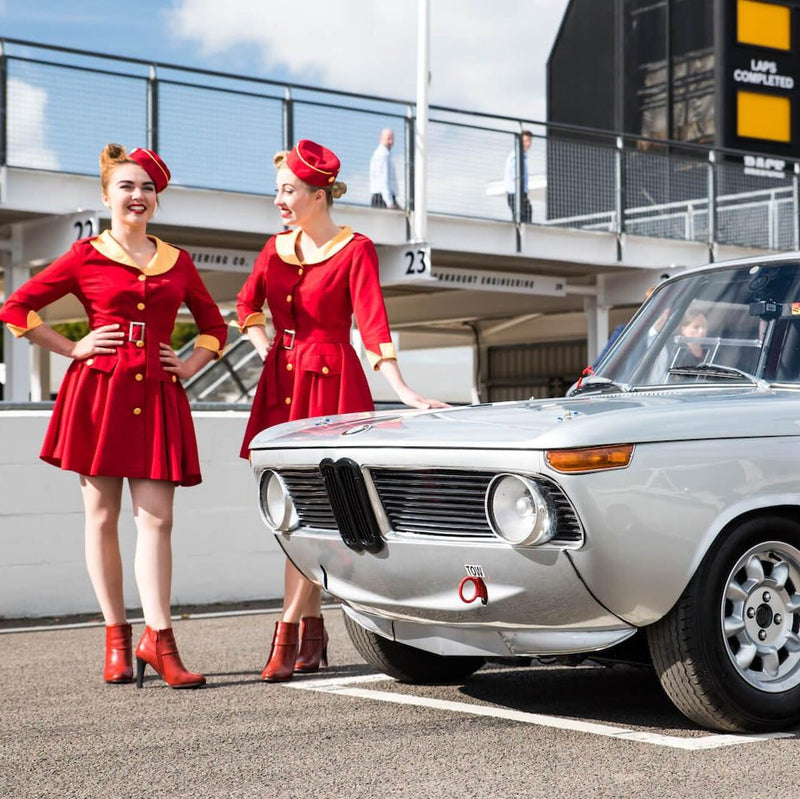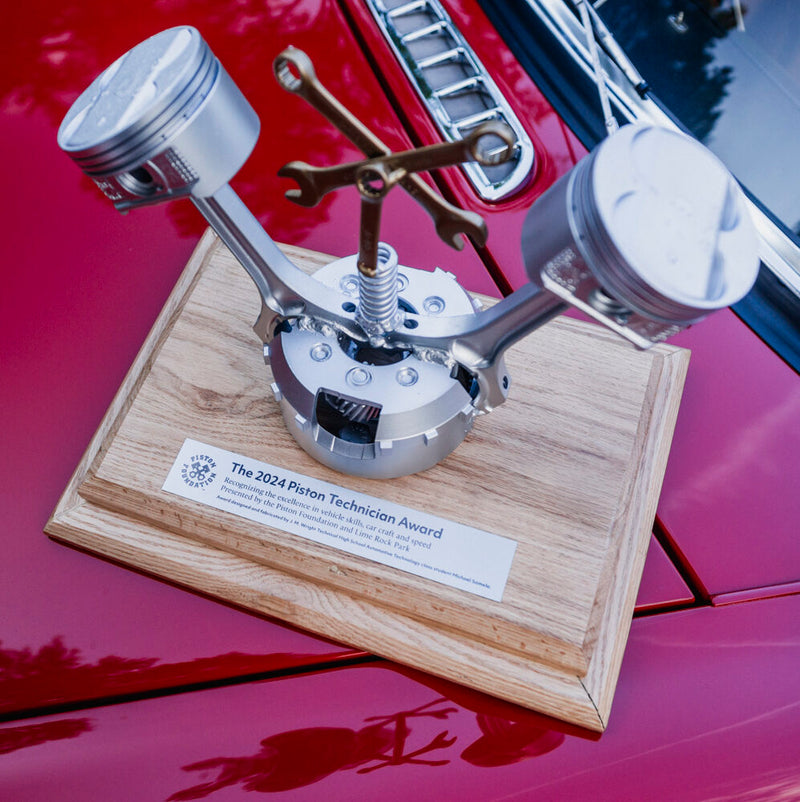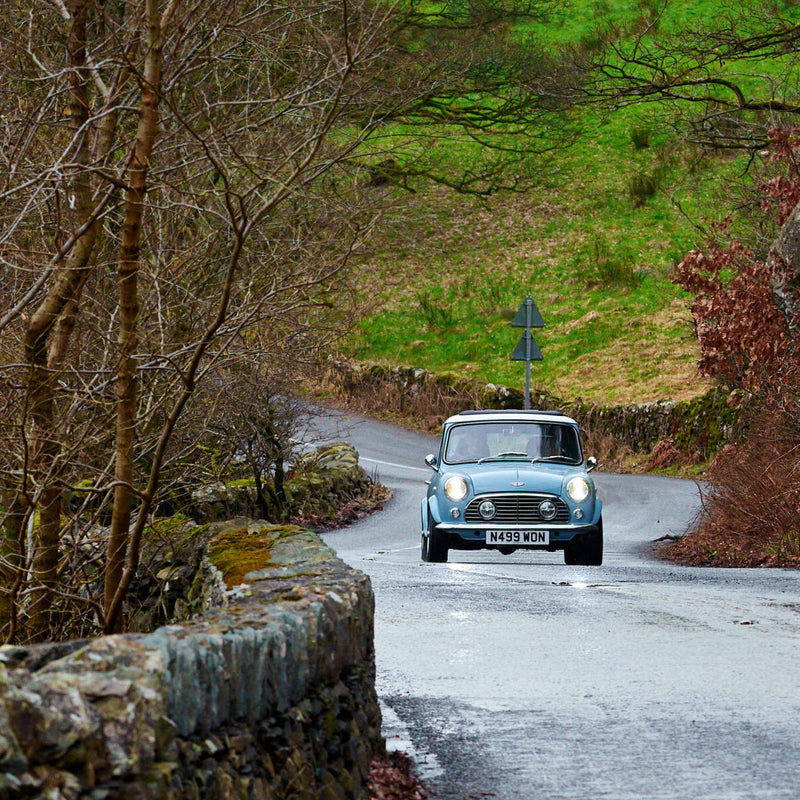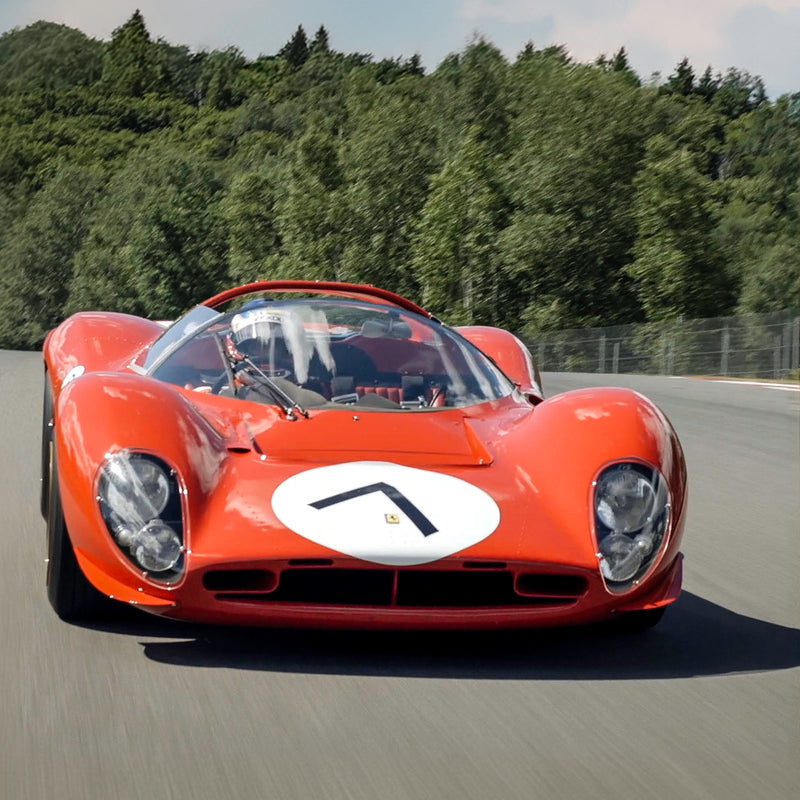A dog tag hangs from the rider’s neck, visible through his now unzipped leathers. It bears a small inscription, a maxim that reads: “Those who risk nothing, achieve nothing and become nothing.”





The words probably go some way toward explaining why these road racers do what they do, and when it all goes right you can almost see the smile behind the helmet. Today though, the rider is animated in the open. He’s arrived back to his pit awning long after the practice session has finished, after being forced to pull over during his lap because, in his own words, “The bike was trying to kill me.” The problem it seems is a rogue setting on the rear suspension, causing the backend of his Kawasaki ER-6 Supertwin to behave more like a pogo stick than a high-end suspension unit.



But trying to kill him? Perhaps a little exaggerated, until you remember that this particular racer is competing at the Isle of Man TT. This isn’t the place where you’ll find the relative safety of a purpose-built short circuit. They don’t so much have bumps here as they do jumps, and lining the circuit are all manner of solid things waiting to stop you very quickly if you fall off the line. So why does Jamie Williams want to take such risks to race at this place? Why put yourself and your family and friends through it, when the likelihood of winning here is tiny and making money out of it smaller still? I keep these thoughts to myself and remember the dog tag. I already know what his answer will be if I ask the man himself, “I’m a racer,” he will say, “this is what we do.”



What he does, as well as the countless other privateer and part-time riders who come to pit themselves against this place, is work extremely hard. What he does, after working all hours to finance this endeavor, is spend long evenings in the workshop, preparing, fettling, and massaging his machines to get the absolute best out of them. What he does is countless laps of the circuit in his van, as well as watching and reviewing hours of onboard footage, doing his homework for a circuit that takes most around three years to learn before they can even think about going fast ‘round it, and many more years before they actually can do it for real.

To be clear, it’s not all Jamie though; he couldn’t do this without the help and dedication of his family. Dad’s in the pit crew, Mum’s feeding everybody, and his friends are here to help in whatever ways they can. There’s his mechanic Clarkey and main sponsor Phil Poultney, as well as all of the other personal sponsors that have contributed to getting his team, JLG Racing, to the grid. It’s a huge effort that is repeated across the paddock and in the awnings and tents of the privateer racers that make up the greatest proportion of entrants at this race.




All in, Jamie thinks this event will cost his team somewhere around £5,000. That’s a conservative estimate, it’s probably closer to double that, and though it’s not the big budget of works teams, it’s quite a bit if you think about the time actually spent in the race itself. Jamie has the added advantage of being from the island though, and so he doesn’t have to worry about the ridiculous price of the ferry from the mainland like so many others do, but the financial cost is nothing compared to the potential personal cost if his bikes and mind aren’t in the right place to compete here.

This is Jamie’s first TT, making the jump up after two years competing at the Manx GP, the amateur event that runs around the same circuit and serves as a bridge to the main show; it’s no less competitive mind you, and since it’s the same place it carries the same level of risk. He managed to finish in third place at the Manx last August, but the extra pressure of competing in amongst the big boys at the pinnacle road racing event of the year has to add a different kind of pressure, not to mention the extra speed which is required to be competitive at the TT.




It’s something Jamie is hyper aware of and he is conscious that he must keep his feet on the ground and continue to learn this place and chip away at his lap times. You can’t force it, and you can’t win the thing in practice, you can pressurize yourself into a mistake though and easily ride beyond your experience. Invariably at a place as dangerous as this, that doesn’t end well, and I’m impressed with the mature approach Jamie seems to have. He still wants to go fast though, is still driven to push and to achieve all that he can and it’s clear that after a reasonably difficult practice week he’s not altogether happy with his lap times.
Once the leathers are off and the sweat’s dried though, his pragmatic demeanor is restored—this is a marathon and not a sprint—and when all is said and done the lad is still in the top half of the field time-wise. Come the end of race week he’s still in that area and whilst he hasn’t set a new PB, he has finished all of the three races he has entered, collected three bronze replica trophies and learnt an awful lot about himself, his bikes and, most importantly, the circuit. He has now competed successfully at the Isle of Man TT and, just like everybody else here, that’s something that to be more than proud of.



He’s achieved something that many can only dream of and he’s done it in the tough world of a privateer racer. With trips to other new-to-him circuits this year, including the tremendously fast Ulster Grand Prix, there’s still plenty of work to be done. But at 25 years old, time is on his side and with his mature approach and a good, supportive crew around him, who knows what might be possible in the future.





















































